Are roses getting better
a_roy
10 years ago
Related Stories

GARDENING GUIDESLearn the Secret to Bigger and Better Roses
Grow beautiful roses using both ordinary and unusual soil amendments
Full Story
INSIDE HOUZZInside Houzz: Get the Better, Brighter Houzz Android App
We’ve updated our Android app with new features and a lighter look. See for yourself and download it today
Full Story
BEFORE AND AFTERSSmall Kitchen Gets a Fresher Look and Better Function
A Minnesota family’s kitchen goes from dark and cramped to bright and warm, with good flow and lots of storage
Full Story
HOUSEKEEPINGTackle Big Messes Better With a Sparkling-Clean Dishwasher
You might think it’s self-cleaning, but your dishwasher needs regular upkeep to keep it working hard for you
Full Story
GARDENING FOR BUTTERFLIES3 Ways Native Plants Make Gardening So Much Better
You probably know about the lower maintenance. But native plants' other benefits go far beyond a little less watering and weeding
Full Story
FEEL-GOOD HOMEIs Your Bedroom Designed for a Good Night’s Sleep?
Find out how the right nightstands, bedding, rugs, TV and storage can help you get more restful slumber
Full Story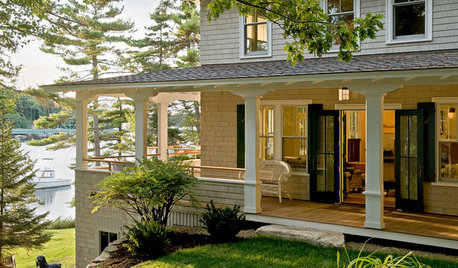
GARDENING AND LANDSCAPING7 Ideas to Get You Back on the Front Porch
Remember the good old days, when porches offered front-row seats to street scenes? They can be even better today
Full Story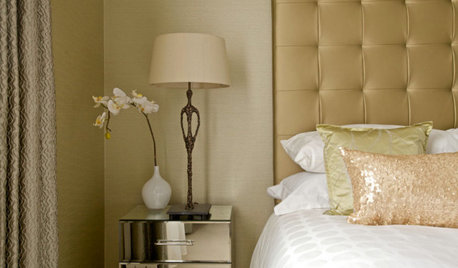
SHOP HOUZZShop Houzz: Get Trendy With Rose Gold
Soft and glam, this chic tone is warming up interiors everywhere
Full Story0

LIGHTINGGet Turned On to a Lighting Plan
Coordinate your layers of lighting to help each one of your rooms look its best and work well for you
Full Story






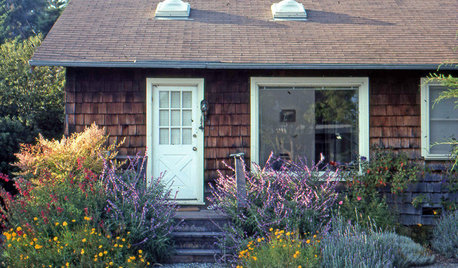
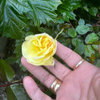
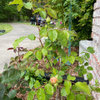
dublinbay z6 (KS)
michaelg
Related Professionals
Franconia Landscape Architects & Landscape Designers · Hershey Landscape Architects & Landscape Designers · Woodinville Landscape Architects & Landscape Designers · Downey Landscape Contractors · Fort Worth Landscape Contractors · Mahwah Landscape Contractors · Mercedes Landscape Contractors · Midland Landscape Contractors · North Haven Landscape Contractors · Oviedo Landscape Contractors · Siloam Springs Landscape Contractors · South Farmingdale Landscape Contractors · Wayland Landscape Contractors · West Coon Rapids Landscape Contractors · Westchester Landscape Contractorscatsrose
User
nanadollZ7 SWIdaho
roseseek
roseseek
michaelg
roseseek